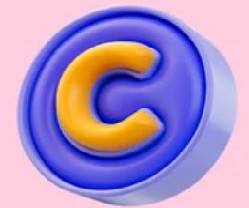Evolution of Tests of Creativity in Copyrights
IP and Legal Filings
MAY 3, 2023
The word “originality” is frequently used in conjunction with the creativity of writers, thinkers, and artists. The Copyright , Designs and Patents Act of 1988 in the United Kingdom specifies in Section (1)(1)(a) that copyright exists in “original literary, dramatic, musical, or artistic works.”












Let's personalize your content